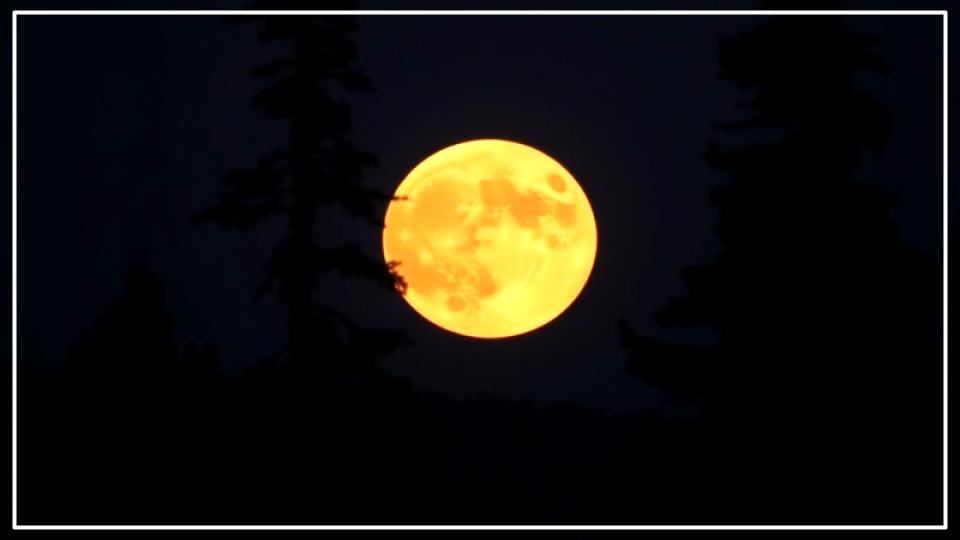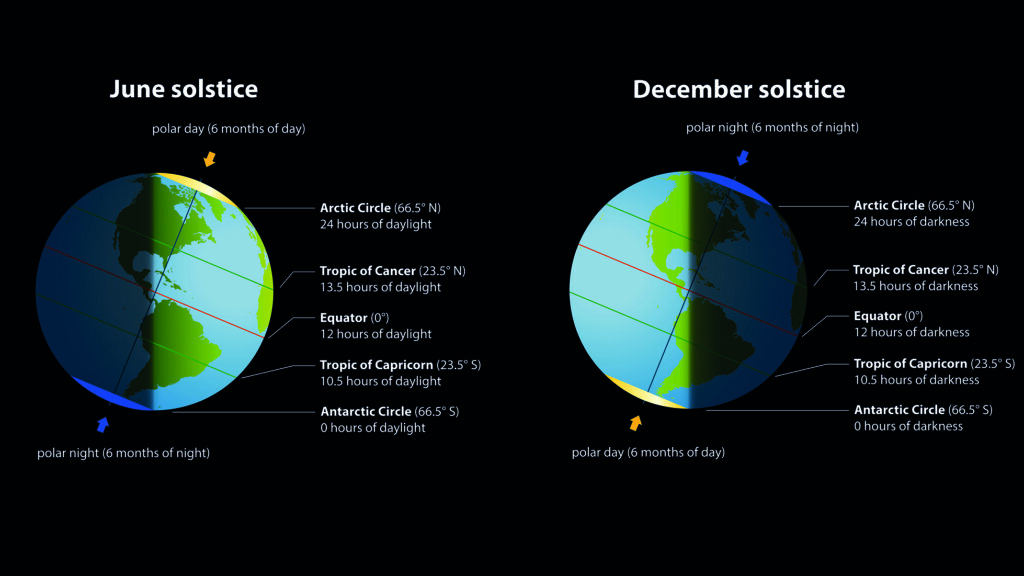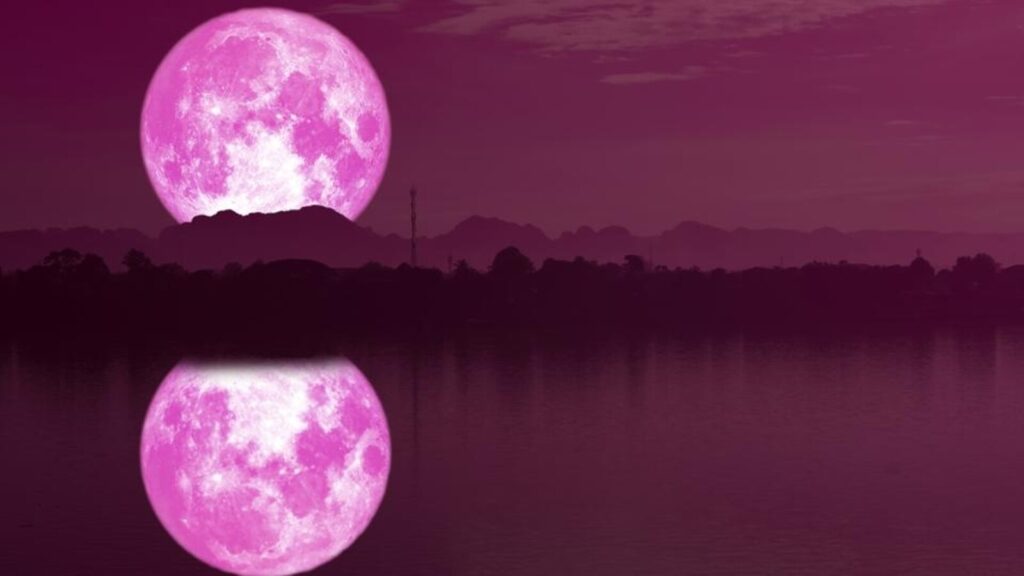Observers in the Northern Hemisphere will witness the lowest full moon of the year on the night of June 10-11, 2025. This celestial event, known as the Strawberry Moon, will appear unusually large and cast a warm, golden hue as it travels a remarkably low arc across the sky, a direct consequence of its proximity to the summer solstice.

The 2025 Strawberry Moon
| Key Fact | Detail |
| Peak Illumination | June 11, 2025, at 3:44 a.m. EDT (07:44 UTC) |
| Best Viewing Time | Moonrise on the evening of Tuesday, June 10, 2025 |
| Primary Phenomenon | It is the lowest full moon of the year for the Northern Hemisphere. |
| Reason | The full moon is opposite the sun, which is at its highest point near the summer solstice. |
| Visual Appearance | Appears larger near the horizon and may have a golden or reddish color due to atmospheric scattering. |
Why June’s Full Moon Hangs So Low
The remarkably low trajectory of the June full moon is a direct result of celestial mechanics tied to the changing seasons. As the Northern Hemisphere approaches the summer solstice—the longest day of the year, occurring around June 21—the sun reaches its highest and northernmost point in the sky.
A full moon, by definition, occurs when the Moon is directly opposite the sun in the sky, with Earth in between. “Since the moon and sun lie on opposite sides of Earth at full moon, the full moon then occupies the lowest arc across the sky,” according to a report from The Times of India.
Think of the ecliptic—the path the sun appears to follow across our sky over the course of a year—as a celestial highway. During the summer solstice, the sun takes the high road. Consequently, the full moon, being on the opposite side, must take the low road. This effect is most pronounced for observers at mid-northern latitudes. Conversely, in the Southern Hemisphere, this same moon will appear as the highest full moon of their winter season.
This year’s event is further emphasized by a phenomenon known as a “Major Lunar Standstill,” a period occurring every 18.6 years when the Moon reaches its most extreme northern and southern positions in the sky. While the peak of this standstill was in early 2025, its effects contribute to the exceptionally low path of this year’s June moon, an event that will not be as pronounced again for nearly two decades, as noted by science publication Universe Today.

How to Watch the Strawberry Moon
For the most dramatic views, experts recommend watching for the June full moon as it rises on the evening of Tuesday, June 10, 2025. The exact time of moonrise depends on the specific location, but it generally occurs shortly after sunset in the southeastern sky.
“When the Moon is near the horizon, it often appears orange or red,” explains an article from Gulf News. “This is due to atmospheric scattering—light travels through a thicker layer of Earth’s atmosphere, scattering shorter wavelengths and letting the redder ones through.”
This same atmospheric effect contributes to the “Moon illusion,” a well-documented optical illusion where the moon appears significantly larger when it is close to the horizon compared to when it is overhead. Our brains perceive it as larger when compared with terrestrial objects like trees and buildings.
For optimal viewing:
- Find a clear view: An open area with an unobstructed view of the southeastern horizon is ideal. Locations away from bright city lights will offer better contrast and color.
- Check local times: Use a tool like The Old Farmer’s Almanac’s moonrise calculator to find the precise timing for your area.
- Use binoculars or a telescope: While visible to the naked eye, optical aids will enhance the view of lunar surface details like craters and seas.
The Cultural Significance of the ‘Strawberry Moon’
Despite its potential for a reddish hue near the horizon, the name “Strawberry Moon” is not derived from its color. The term was popularized by The Old Farmer’s Almanac and originates from the traditions of Native American tribes in the northeastern United States, particularly the Algonquin.
According to the Almanac, these tribes named the June full moon to mark the short but critical season for harvesting wild strawberries. This naming convention helped track the seasons for hunting, planting, and gathering.
The June full moon boasts a variety of names from different cultures, reflecting the diverse natural events of the season worldwide:
- Rose Moon: A common European name, possibly tied to the blooming of roses in June or the moon’s sometimes reddish color.
- Honey Moon or Mead Moon: Another European name, as June was a traditional time for harvesting honey and getting married, linking it to the term “honeymoon.”
- Blooming Moon (Anishinaabe): Signifies the peak of the flowering season.
- Green Corn Moon (Cherokee): Indicates that it is time to tend to young crops.
- Berries Ripen Moon (Haida): A more general name for the fruit-ripening season.

This celestial event serves as a reminder of how ancient cultures used the sky as a calendar. The low-hanging Strawberry Moon offers not just a beautiful spectacle but also a connection to the natural rhythms of the Earth that have guided humanity for millennia. Looking ahead, sky-watchers can anticipate the Buck Moon in July, which will follow a slightly higher path as the sun begins its gradual descent from its solstice peak.
Read More
A Celestial Dance: Astronauts Share Unprecedented Views of Aurora from Space
